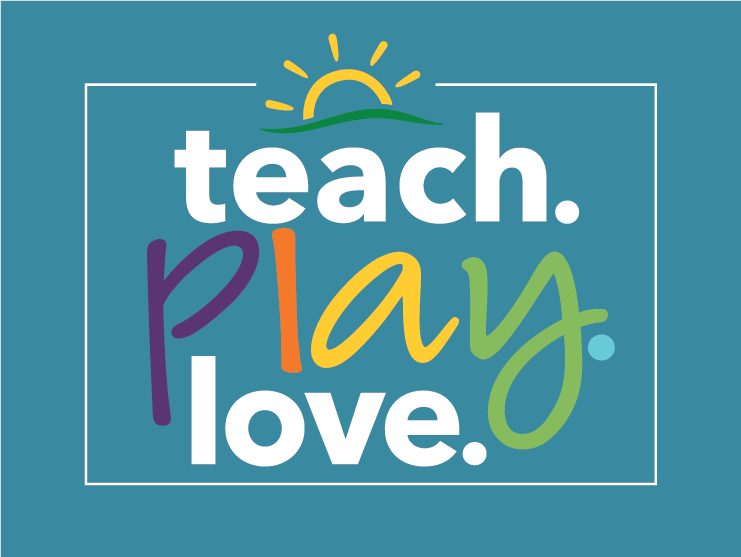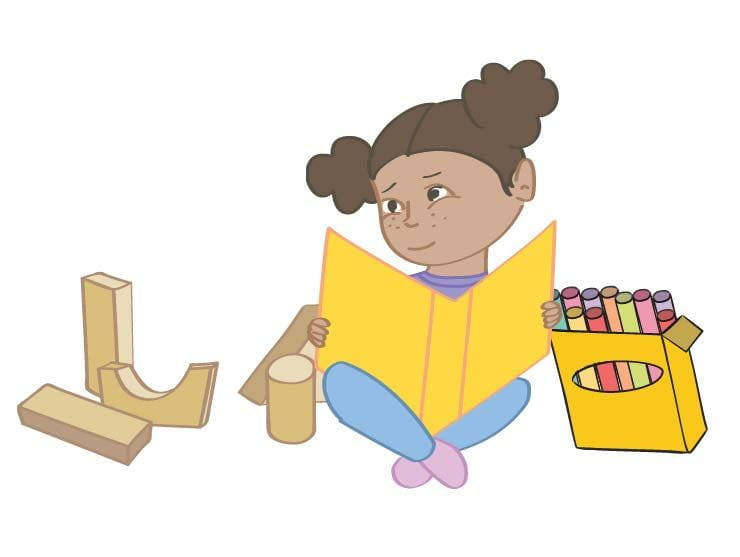Every person feels different in some ways. On the surface, being unique would seem to be an advantage. Some children are proud of their differences, especially when those differences lead to special attention or resources. But feeling or being different can also feel scary to those observing the differences—and maybe also to the child who appears “different.”
All of us want our children to be proud of who they are There is a fine line for ourselves and our children between being appropriately proud of ourselves and inappropriately “over the top” proud of ourselves in a way that puts others off. We want children to be proud to be part of the human family, celebrating how they look and feel, and also to understand that all humans are precious no matter how they look, act or feel. The latter is an important value to teach your children.
Here are some suggestions for celebrating unique qualities.
Celebrate Being Unique
- Celebrate differences early and often in your home. Some examples of this include inviting friends and/or family for a get-together where one of the activities is for each person to take a turn sharing something she is proud of about herself.
- Communicate that being different is a good thing. Acknowledge it can be hard to remember that if you are the subject of other’s jokes.
- Proudly talk about what makes you unique (between you and your child, and your child and others). Avoid making comparisons, however, based on wealth or physical appearance.
- Be prepared to discuss diversity. When you and your children talk about differences, be prepared with some points that reflect your family’s values. Some possible key points include (as they would be conveyed to young children): “Differences are good,” and “You are good just for being alive, so be proud of who you are.”
- Read “Wonder” by R.J. Palacio. This popular children’s book (and movie) tells the story of 10-year-old Auggie, born with severe facial differences. Making friends and learning to navigate the world of middle school where other children aren’t always kind can be a serious challenge. Reading the book with your older children, and discussing it as you go, is a good way to share perspectives and ideas with your children.
Your approach to navigating differences may be worth sharing with your child’s teacher as well. There are not right or wrong ways to do this, so learning from your child’s teacher, and other parents, might be helpful. In the meantime, remember that every human being, including you and your family, is wonderful and precious.





